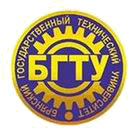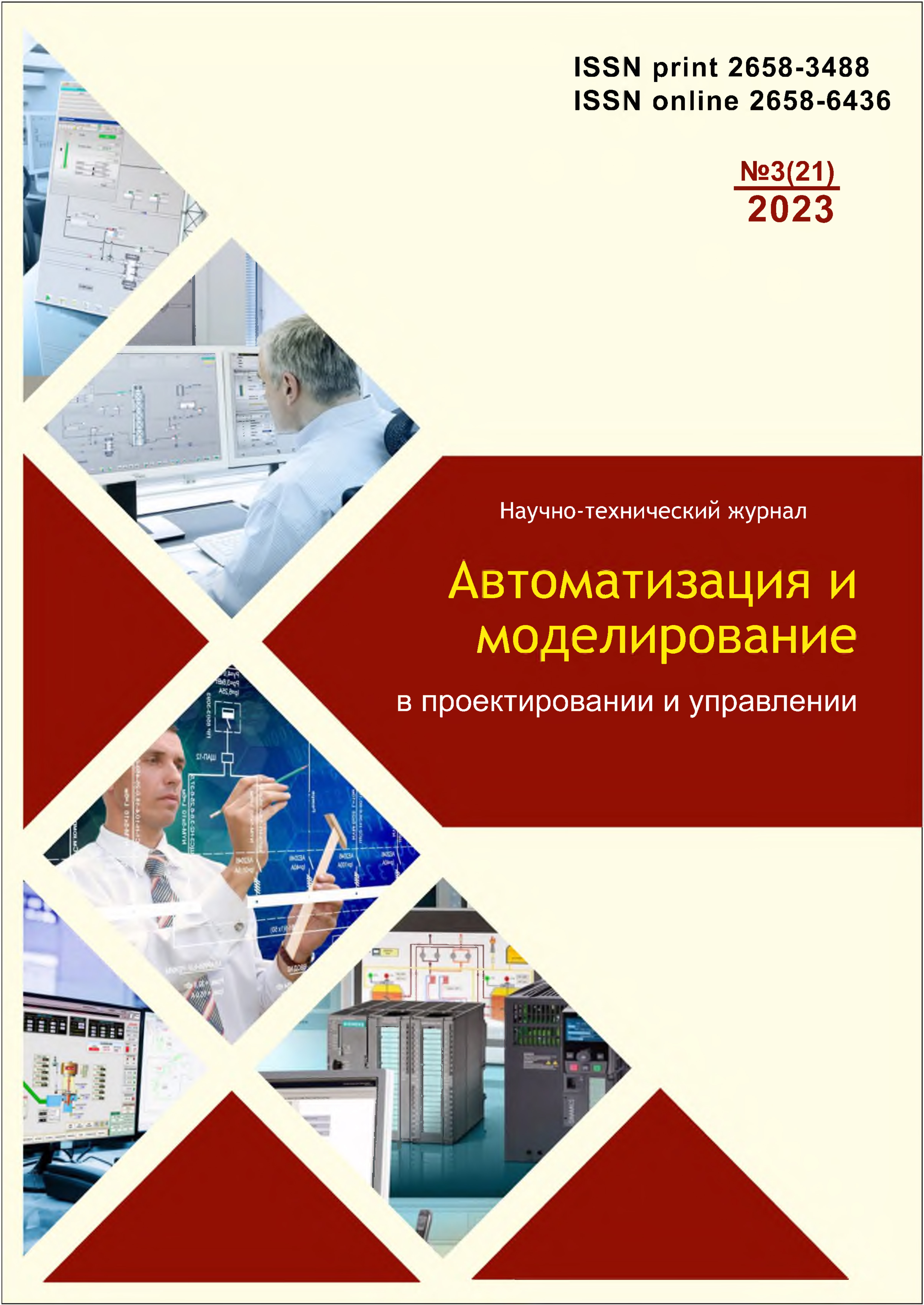Bryanskiy gosudarstvennyy tehnicheskiy universitet
Sankt-Peterburg, St. Petersburg, Russian Federation
621.3
The aim of the work is to determine promising converters for supplying consumer devices with the required voltage level. As part of the task implementation, a mathematical description of the resonant converter with a series LC resonant circuit is made. The equivalent replacement circuit of the converter is given, as a result of its analysis analytical expressions are determined that describe the main dependences of this converter on the load and switching frequency of the keys. In the process of analyzing the resonant converter operation with a series LC resonant circuit, mathematical modelling methods are used. The result of the work is the obtained analytical expressions that allow determining the oscillatory circuit parameters for the resonant converter operation with a series LC resonant circuit in the mode with the highest efficiency. The presented graphs demonstrate the key parameter dependence of the oscillatory circuit on the load magnitude and on the switching frequency of semiconductor keys, and, accordingly, on the oscillatory circuit frequency. Applying a resonant converter with a series LC resonant circuit is possible in those areas where a static load is used that changes little over time. Applying this converter is not optimal for a dynamic load, because to maintain the output voltage at the required level, it will be necessary to complicate the control system and introduce pulse-width modulation in addition to pulse-frequency one and to control the converter by means of skipping control pulses in the case when an operating mode is close to the idle one.
electric transport, resonant converter, resonant circuit, resonant frequency, quality factor of the oscillatory circuit
1. Tatuiko P.S., Fedyaeva G.A., Bezubenko A.I. Im-proving the Energy Efficiency of Electric Vehicles. Proceedings of Scientific Papers of the 3d International Scientific and Practical Conference «CAD and Modelling in Modern Electronics». Bryansk: BSTU, 2019, pp. 303-306. DOI: https://doi.org/10.30987/conferencearticle_5e028214777bc1.12650780; EDN: https://elibrary.ru/KBZMPC
2. Full Electric Propulsion: the Concept of Warships of the Future. Available at: https://topwar.ru/122819-polnoe-elektrodvizhenie-koncepciya-boevyh-korabley-buduschego.html (Accessed: the 06th of November 2021).
3. Gubanov Yu. Electrical Systems of Ships and Ves-sels: Stages of Development, Automation. Kontseptsiya elektricheskogo korablya Control Engineering Russia, 2014, no. 3 (51), pp. 24-27.
4. Romanovsky V.V., Nikiforov B.V., Makarov A.M. Prospects for the Development of Electromotive Systems. Bulletin of Admiral Makarov State University of Maritime and Inland Shipping, 2018, vol. 10, no. 3, pp. 586-596. DOI: https://doi.org/10.21821/2309-5180-2018-10-3-586-596; EDN: https://elibrary.ru/XSRHLF
5. Dyadik A.N., Nikiforov B.V. Ship Energy Systems. Novocherkassk: Kolorit, 2012. 680 p.
6. Strategy for Developing the Aviation Industry of the Russian Federation for the Period up to 2030. Government of the Russian Federation. Moscow, 2017. 47 p.
7. European Automobile Manufacturers Association. Press Release: Fuel types of new cars: petrol +6,1 %, diesel -14,1 %, electric +51,8 % in third quarter of 2019, dated on the 7th of November 2019.
8. Tatuyko P.S., Fedyaeva G.A., Kobishanov V.V., Fedorov V.P. Energy-efficient Half-bridge Voltage Converter for Vehicle Electrical Systems. Proceedings of the 1st International Conference on Control Systems, Mathematical Modelling, Automation and Energy Efficiency (SUMMA), 2019. pp. 461-464. DOI: https://doi.org/10.1109/SUMMA48161.2019.8947476; EDN: https://elibrary.ru/GPNNFB
9. Batarseh I. Resonant Converter Topologies with Three and Four Energy Storage Elements, Power Electronics, IEEE Transactions, 1994, vol. 9, pp. 64-73.
10. Yang B. Topology Investigation for Front End DC/DC Power Conversion for Distributed Power Sys-tem. Cand. Diss, Virginia Tech, Blacksburg, VA, USA, Sep. 2003.










